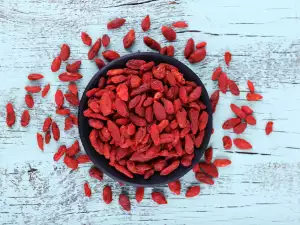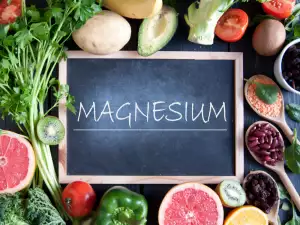Margarine was invented in 1869 by a French chemist. It appeared in the world as a substitute for the then expensive and scarce butter. At first it was solid white and shiny. Its composition included beef fat, milk and pieces of sheep and cow udder.
In the early years of the last century, however, chemists discovered a way to thicken liquid oils with hydrogens. This is done using metal electrodes and heat. So gradually vegetable and fish oils began to be added to the composition of margarine.
Today, the composition of margarine includes about 80% fat, 16-17% water and the rest up to 100% are micronutrients (vitamins A, E, D), technological improvers - emulsifiers, stabilizers, dyes, table salt and others.
Some products may have a lower fat content - 40-60%, and have a correspondingly higher water content. These are the so-called halvarine. Due to their lower energy value, they are considered dietary. They are even recommended by doctors as substitutes for animal fats.
What is often kept silent about the products contained in margarine is the presence of the antioxidants E320 and E321, which are carcinogenic. In addition, margarine also contains phosphatide concentrates, which destroy red blood cells. It is these elements that make this product not only unfit for consumption, but also harmful to the health of consumers.

But let's also follow the production process.
In reality, the oil or other vegetable fat used is liquid. To turn it into a solid mass, the product is heated to a very high temperature under pressure. Hydrogen is introduced into the mixture in the presence of nickel/aluminum as catalysts.
When the hydrogen molecules connect with the carbon molecules, the desired solid mass is obtained - margarine. A number of processes follow, such as bleaching (very similar to laundry bleaching), colouring, adding preservatives, aromas and sometimes adding vitamins.
There are a few scary moments with this production. Extremely intensive heating and subsequent processing of the oil destroys all vitamins and minerals and changes the composition of proteins.
On the other hand, the vital fatty acids change and sometimes even become antagonistic components, i.e. instead of being healthy, they become harmful. A lack of these fatty acids has been shown to contribute to nerve and heart disease, arteriosclerosis, skin disease, arthritis and cancer.
The substance margarine is artificially created and unknown to the body. It treats it as a foreign object and the amount that is not discarded, but is deposited in the fat cells.
The worst point in production is the presence of nickel. It remains in margarine. Nickel cannot be completely filtered out, regardless of the method used. And the most common and inexpensive method is to use an equal mixture of nickel and aluminum. These elements are carcinogenic even in small doses.
One metal can substitute for another and displace it from the biological system, so there is a good chance that nickel will compete with another, actually vital metal from the body's enzyme system and contribute to vitamin B6 deficiency. Compared to this harm, all other preservatives and dyes that destroy the body remain in the background.
Also learn:


















Comments